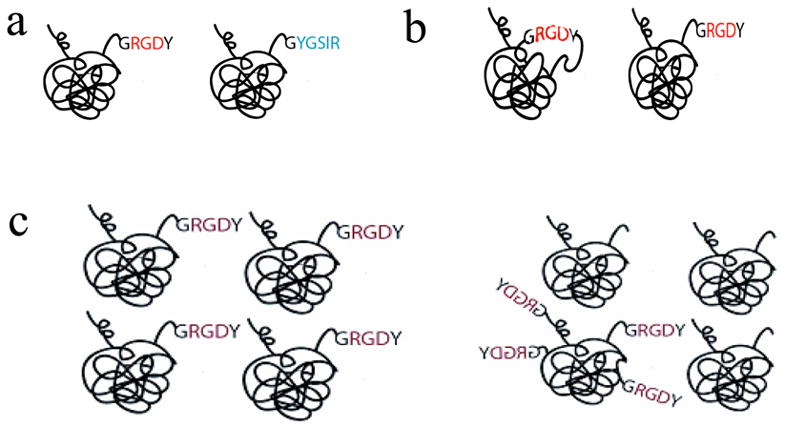Figure 2. Controlling Peptide Presentation Variables with Materials Chemistry.

2.a: Adhesion epitope can be varied by changing the amino acid sequence of the biomimetic peptide (e.g. RGD vs. YGSIR). 2.b: Peptide structure can also be varied during synthesis, for example to present the same peptide sequence as either a linear or cyclic peptide. The cyclic peptide more closely resembles the conformation of the RGD sequence found in FN. 2.c: The nanoscale organization of the peptide can be isotropic, as shown on the left, or anisotropic, such that the adhesion epitopes (e.g. RGD) is presented in concentrated clusters rather than evenly distributed on the nanoscale. Anisotropic ligand presentation can accomplished by mixing a multivalent polymer attached to multiple epitopes with unmodified polymer. Presenting peptides in an anisotropic fashion allows one to decouple the nanoscale spacing between individual peptides and their microscale density.
